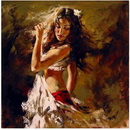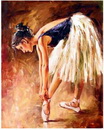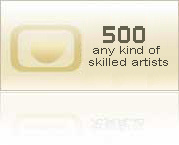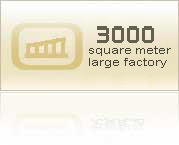His work includes still-lifes and landscapes, but Botero tends to primarily focus on situational portraiture. His paintings and sculptures are, on first examination, noted for their exaggerated proportions and the corpulence of the human and animal figures.
The "large people" is what they are often called by critics. Botero explains his use of obese figures and forms thus: "An artist is attracted to certain kinds of form without knowing why. You adopt a position intuitively; only later do you attempt to rationalize or even justify it."Fernando Botero is an abstract artist in the most fundamental sense of the word, choosing what colors, shapes, and proportions to use based on intuitive aesthetic thinking. This being said, his works are informed by a Colombian upbringing and social commentary is woven throughout his work.Botero was born in Medell├Łn, Colombia, where the Catholic church adopted the Baroque style. His father died when Botero was four years old[1]. Throughout his childhood, Botero was isolated from traditional art presented in museums and other cultural institutes. At the age of 16, Botero published his first illustration in the Colombian newspaper El Colombiano used the money he received to pay for his high school education at the Liceo de Marinilla de Antioquia. In 1952, he traveled to Bogot├Ī, where he had personal exhibit at the Leo Matiz gallery. Later that year, he won the ninth edition of the Sal├│n de Artistas Colombianos[2]. Botero then studied art in France.Tags:painting frame, art for sale, asian paintings, glass paintings,

 Fran├¦ais
Fran├¦ais Deutsch
Deutsch Espa├▒ol
Espa├▒ol Italiano
Italiano Português
Portugu├¬s ?źµ?¼Ń
?źµ?¼Ń ??ĻĄŁņ?
??ĻĄŁņ? ž¦?ž╣ž▒ž©?ž®
ž¦?ž╣ž▒ž©?ž® ą▒?ą╗ą│ą░?čüą║ąĖ
ą▒?ą╗ą│ą░?čüą║ąĖ hrvatski
hrvatski Dansk
Dansk Nederlands
Nederlands suomi
suomi ?╬╗╬╗╬Ę╬Į╬╣╬║╬¼
?╬╗╬╗╬Ę╬Į╬╣╬║╬¼ Óż╣Óż┐Óż©ÓźŹÓż”Ó?
Óż╣Óż┐Óż©ÓźŹÓż”Ó? norsk
norsk Polski
Polski Român?
Rom├ón? ??čüčüą║ąĖą╣
??čüčüą║ąĖą╣ Svenska
Svenska








